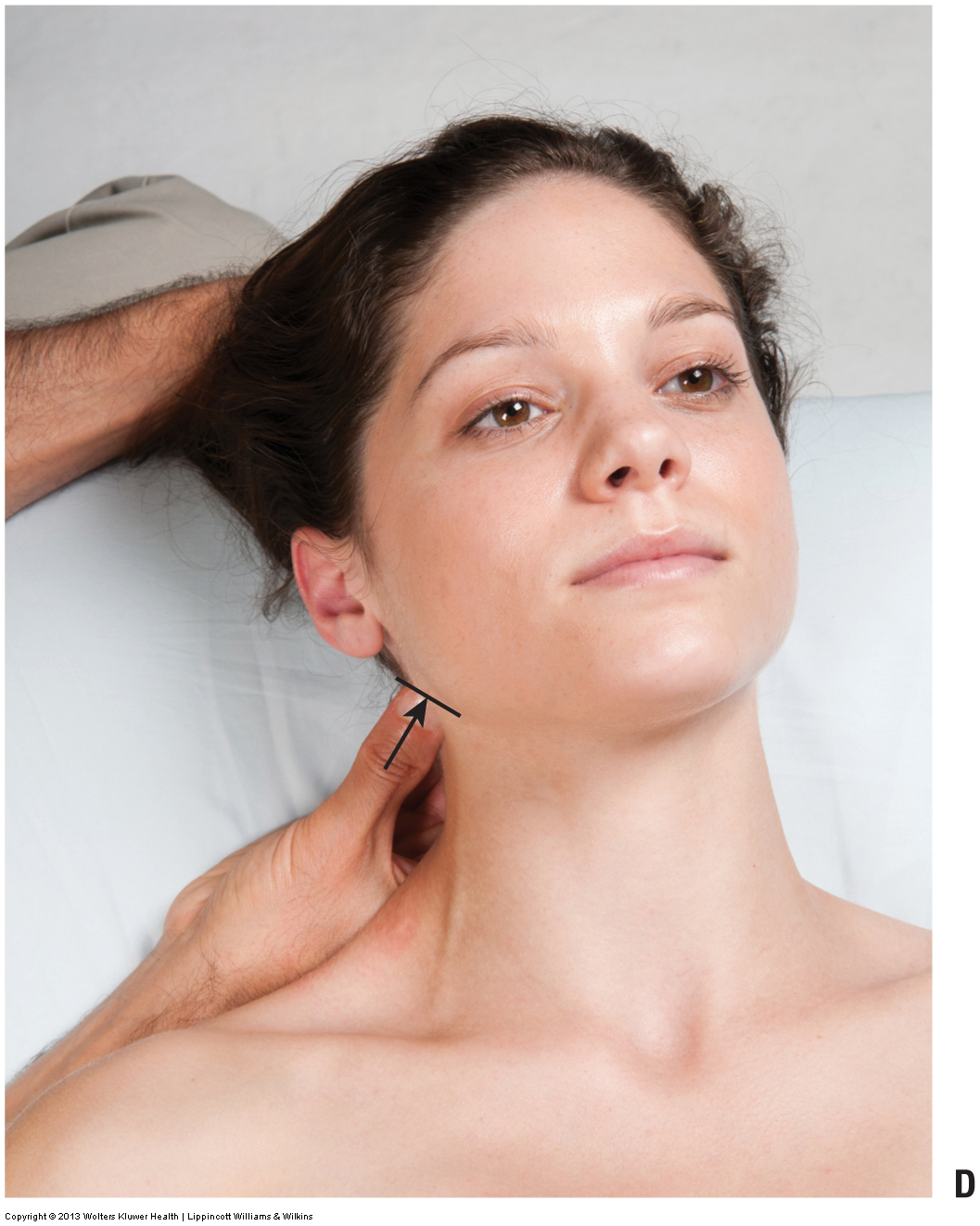This blog post article is the seventh in a series of ten articles on Deep Pressure Massage of the Neck
Lean in with Your Core and Use Larger Muscles for Deep Pressure Massage
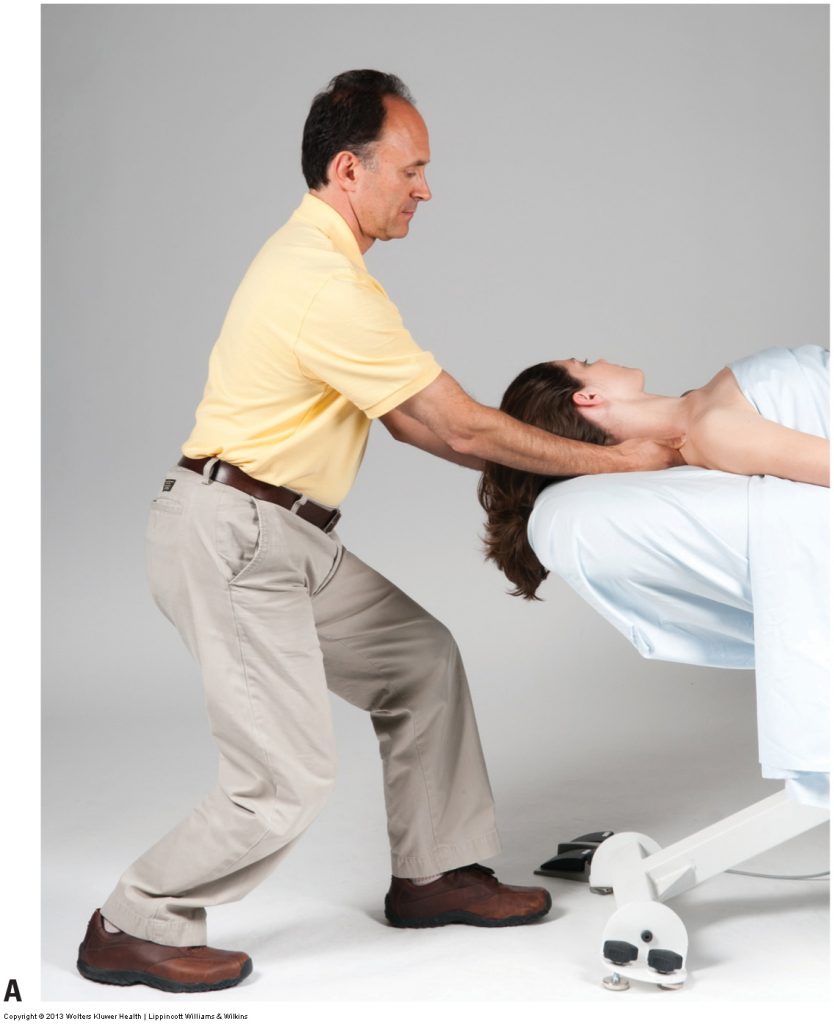
Figure 16. Using larger muscles to generate pressure. By pushing off with a foot placed on the floor, the powerful ankle joint plantarflexors, knee joint extensors, and hip joint extensors of the lower extremity can add to core generation of force. (A) Starting position. (B) Pushing off. Permission Joseph E. Muscolino. Advanced Treatment Techniques for the Manual Therapist: Neck (2013).
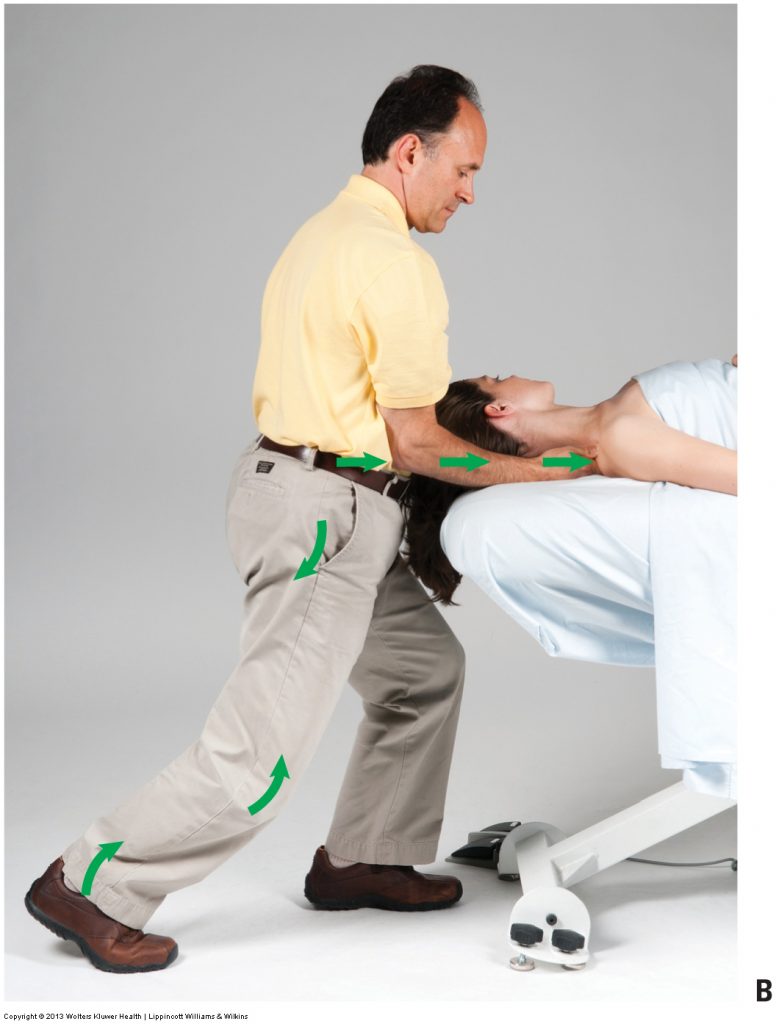
Figure 16B. Permission Joseph E. Muscolino. Advanced Treatment Techniques for the Manual Therapist: Neck (2013).
For deep pressure massage, it is critically important to lean in with your core and utilize the larger muscles of the body. Leaning into the client with your core involves shifting your body weight and contracting your muscles. When choosing which muscles to contract and use, less effort is expended if you work with the larger, stronger proximal muscles instead of the smaller distal ones. In ascending order of size and strength, the muscles that can be used are the muscles of the thumb/fingers, wrist joint, elbow and radioulnar joints, glenohumeral joint, shoulder girdle, and finally the muscles of the core, which comprise the trunk and pelvis. Choosing the larger proximal muscles of your core will decrease fatigue and the possibility of injury.
Muscles of the lower extremity are also large, powerful, and efficient to use when generating force to work into the client’s neck. Place a foot behind you on the floor and use your ankle joint plantarflexors, knee joint extensors, and hip joint extensors to push off the floor and into the client (Fig. 16). Generally, using the lower extremities to push into the client works better when we are working more horizontally, which is the case with supine neck work.
Apply Pressure Perpendicularly for Deep Pressure Massage
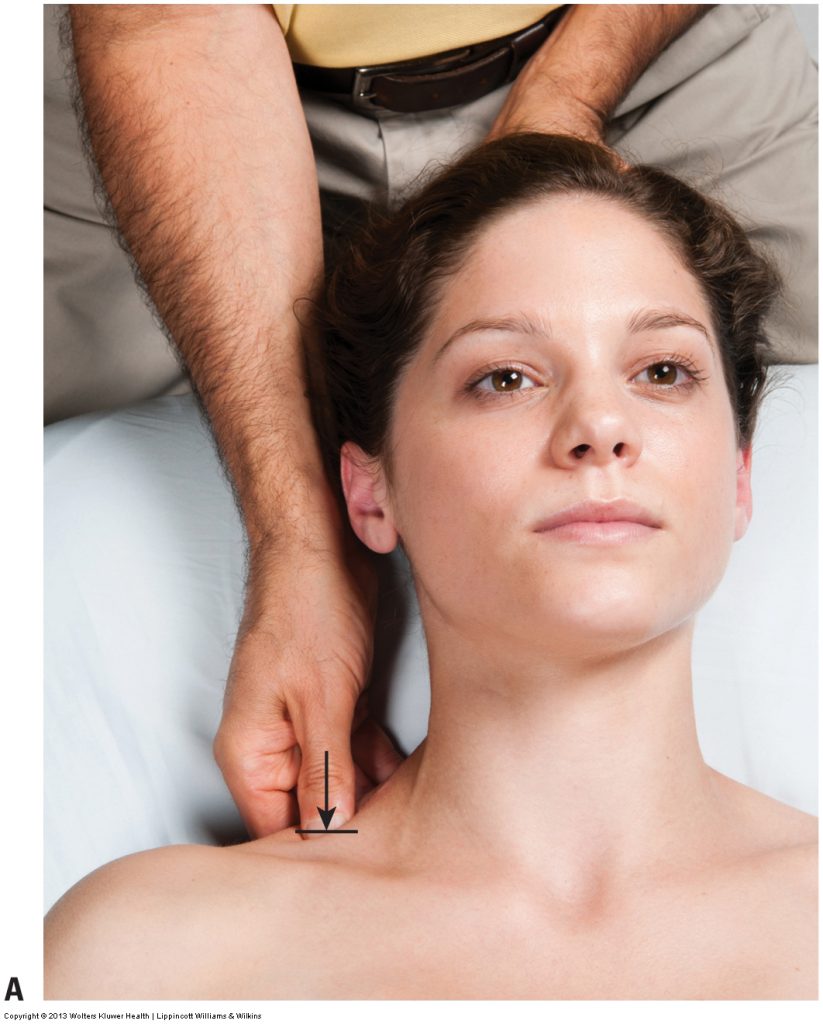
Figure 17. Applying pressure perpendicularly. The lines outline the contours of the neck. Note that the forearm and treatment hand contact of the therapist always meet this contour at approximately a perpendicular angle. (A) Working the base of the neck/upper trunk. (B) Working the lower neck. (C) Working the upper neck. (D) Working along the suboccipital region. Permission Joseph E. Muscolino. Advanced Treatment Techniques for the Manual Therapist: Neck (2013).
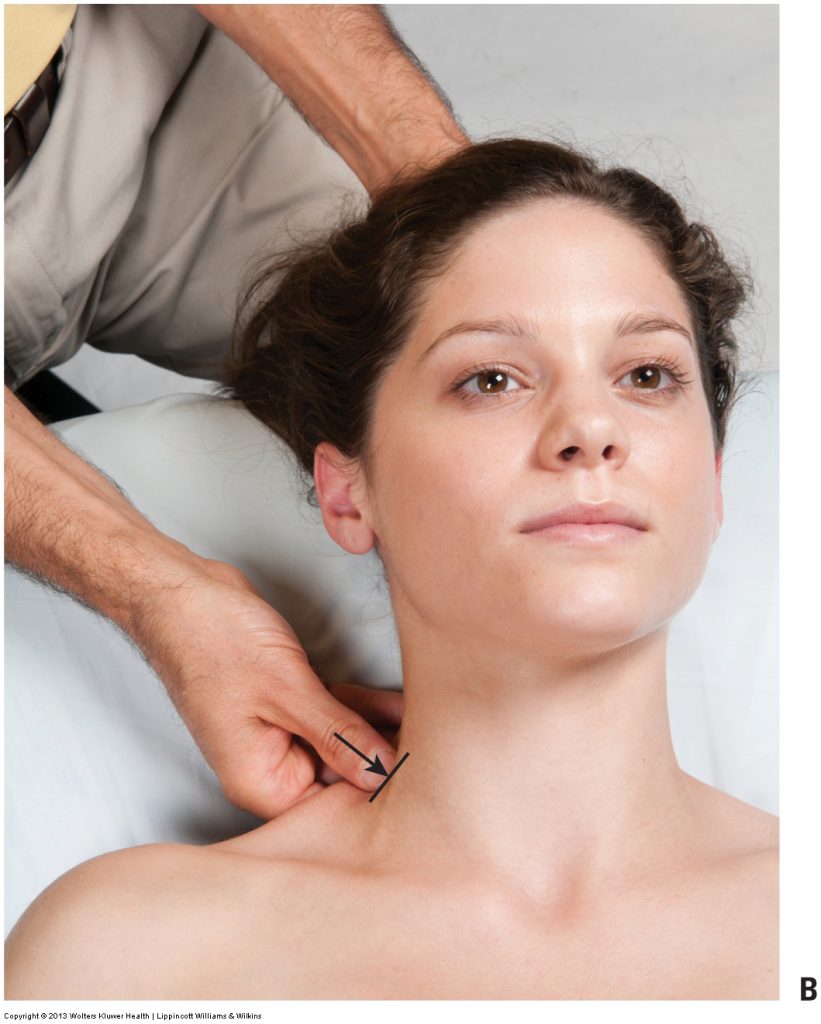
Figure 17B. Permission Joseph E. Muscolino. Advanced Treatment Techniques for the Manual Therapist: Neck (2013).
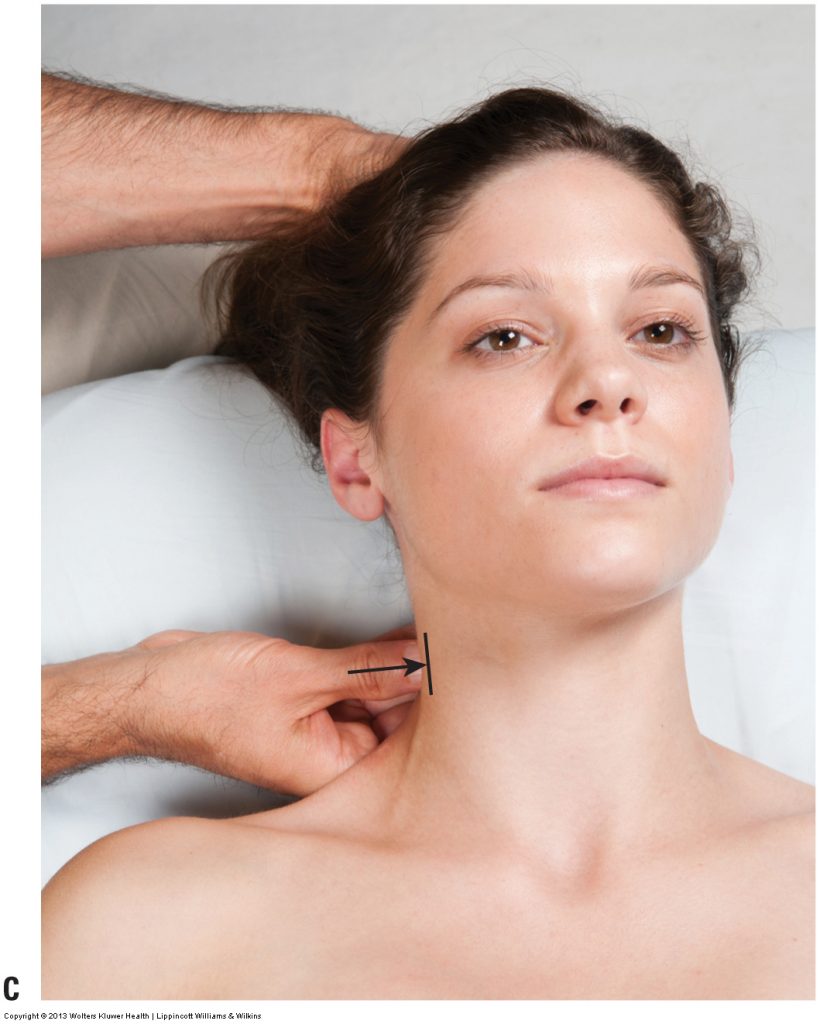
Figure 17C. Permission Joseph E. Muscolino. Advanced Treatment Techniques for the Manual Therapist: Neck (2013).
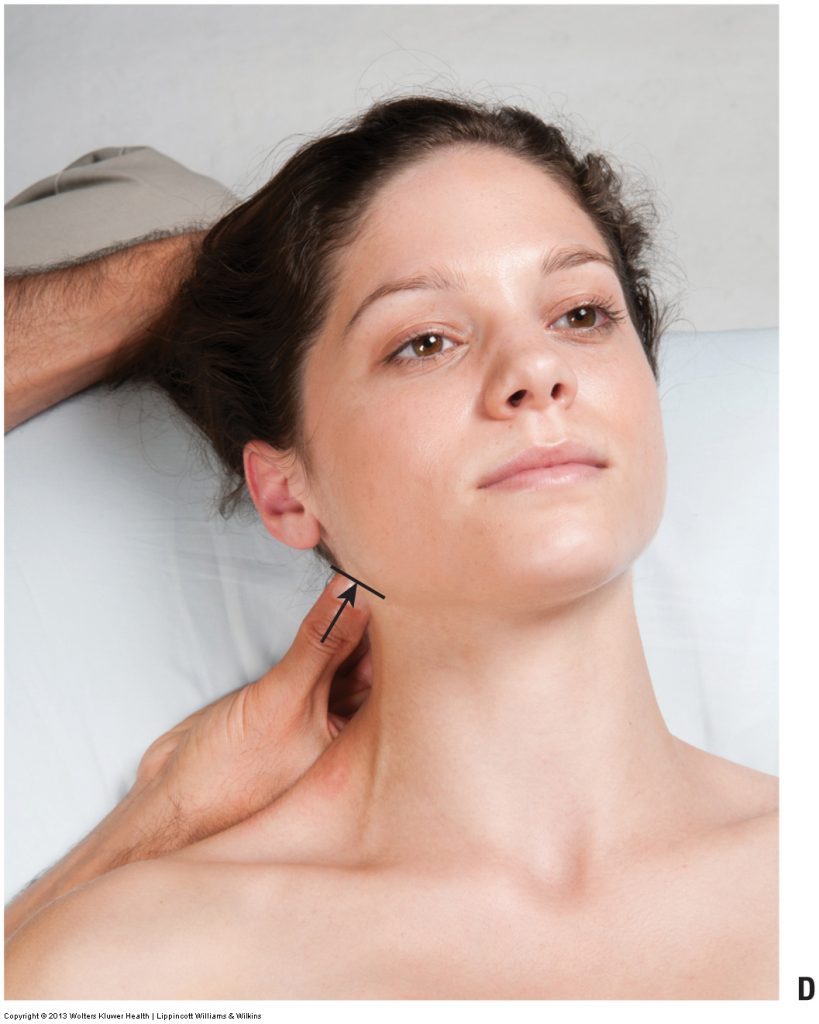
Figure 17D. Permission Joseph E. Muscolino. Advanced Treatment Techniques for the Manual Therapist: Neck (2013).
Deep pressure massage involves generating a lot of force/pressure into the client. Maximal pressure for minimum effort is achieved if the angle of your pressure into the client is perpendicular to the contour of the neck where you are working. The importance of adjusting where you sit to accommodate this has already been discussed. To apply this concept of working perpendicularly, the client’s neck can be divided into four general regions: the base of the neck, the lower neck, the upper neck, and the suboccipital region (Fig. 17). In each case, the contour has been outlined on the accompanying figure, and an arrow that is perpendicular to that contour has also been drawn in. These arrows represent the perpendicular line of force you need to apply to work the client’s neck most efficiently.
Stabilize the Client
When performing deep pressure massage, use of your stabilization hand can be just as critical as how you press in with your treatment hand. If the client’s head and neck above your treatment contact are not well stabilized, then any pressure that you apply into the neck will be lost when the client’s head and neck are pushed away from you. Your stabilization hand should stay completely stable and not allow your treatment hand to move the client’s head and neck.
This blog post article is one of ten articles on Deep Pressure Massage Technique to the Neck.
The ten articles are:
- Introduction to Deep Pressure Massage Technique to the Neck
- Neck Deep Pressure Massage: Using Bodyweight and Muscular Effort
- Neck Deep Pressure Massage: Overview
- Neck Deep Pressure Massage: Step by Step – Positioning
- Neck Deep Pressure Massage: Step by Step – Contacts
- Neck Deep Pressure Massage: Step by Step – Use Your Core
- Neck Deep Pressure Massage: Step by Step – Apply Pressure Perpendiculary
- Neck Deep Pressure Massage: Step by Step – Engage the Tissues
- Neck Deep Pressure Massage: Step by Step – Deep Stroking Massage
- Neck Deep Pressure Massage: Prone and Side-Lying
(Click here for the blog post article: Seven Keys to Healthy Neck Posture.)


